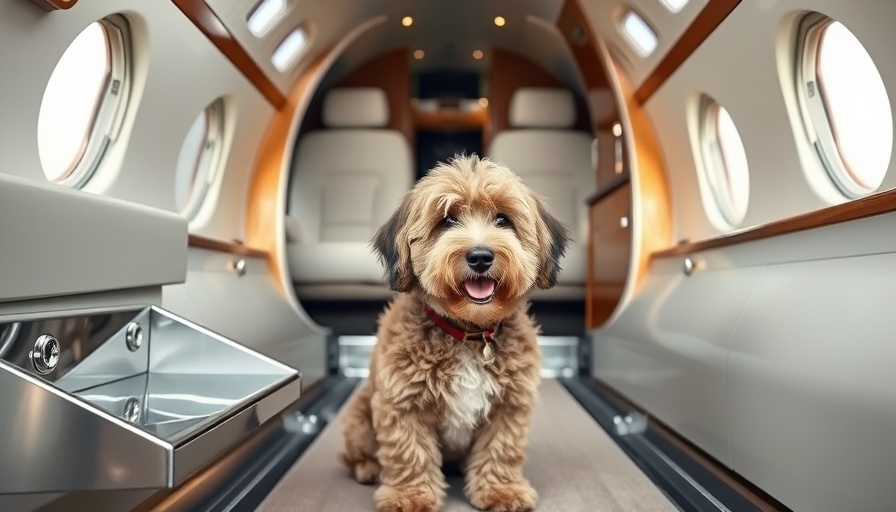
Choosing the Right Airline for Your Furry Companion
Traveling with pets should be a joyful experience, not a cause for stress. As the bond between people and their pets strengthens, airlines are adapting to accommodate these beloved companions. With 94 million households in America owning pets, it's clear that flying with furry friends is a growing trend. This article will guide you through the best airlines for traveling with pets, focusing on the factors you need to consider before making your reservation.
Airline Policies: What You Need to Know Before Traveling
Understanding the varied policies of airlines regarding pet travel is crucial. Some airlines, such as JetBlue Airways, stand out for their pet-friendly amenities, including an outdoor dog park at JFK airport. The airline allows small dogs and cats to travel in-cabin, with specific weight restrictions and a limit on the number of pets allowed per flight. On the other hand, Delta Air Lines caters to pet owners by permitting small animals in soft-sided carriers onboard, enforcing strict guidelines for comfort and safety.
The Rise of Charter Airlines and Private Jets
With an increase in demand for pet-friendly travel options, charter airlines and private jet companies are stepping up. These carriers often provide a more flexible service, allowing pets to roam freely within the cabin, thus alleviating much of the anxiety associated with in-cabin travel. This shift could revolutionize how you perceive flying with pets, providing comfort and a sense of normalcy for both pets and their owners.
Important Considerations for Flying with Pets
Before finalizing your travel plans, keep in mind several factors that can impact your pet’s flying experience. For instance, health regulations vary by destination, and it’s vital to check international pet travel requirements if you’re flying abroad. Moreover, airlines have specific breed restrictions and size limits that could affect travel options for larger dogs or certain breeds prone to breathing difficulties.
Creating a Positive Experience for Your Pet
The key to a successful pet travel experience is preparation. Start by ensuring your pet is comfortable in their carrier, and consider familiarizing them with it before your trip. Bringing personal items like their favorite blanket can also aid in reducing anxiety during travel. Additionally, maintaining a calm demeanor will help reassure your pet that all is well.
Frequently Asked Questions about Pet Travel
As pet travel becomes more mainstream, questions abound regarding the best practices. Here are some common queries:
- What size pet carriers are allowed? Different airlines have varying regulations; always check in advance.
- Can I take my pet on international flights? Yes, but be sure to research specific regulations for the destination country.
- What should I do if my pet does not fit under the seat? Alternatives may include booking a ticket for a larger carrier or exploring cargo options, keeping in mind the airline's policy.
The Final Word: Preparation is Key
In conclusion, flying with your pet can be a pleasant experience, provided you are well-informed and prepared. As airlines expand their pet-friendly amenities and policies, it’s essential to stay updated on each airline’s regulations. Doing your homework will not only save you headaches but will also make your journey smoother for your beloved pet. So, plan ahead, research your options, and enhance your travel experiences with your furry family members.
Call to Action: Don’t let logistics ruin your next adventure! Research airlines thoroughly and prepare your pet for a stress-free traveling experience. Book your next trip and make beautiful memories with your furry companion!
 Add Row
Add Row  Add
Add 




Write A Comment